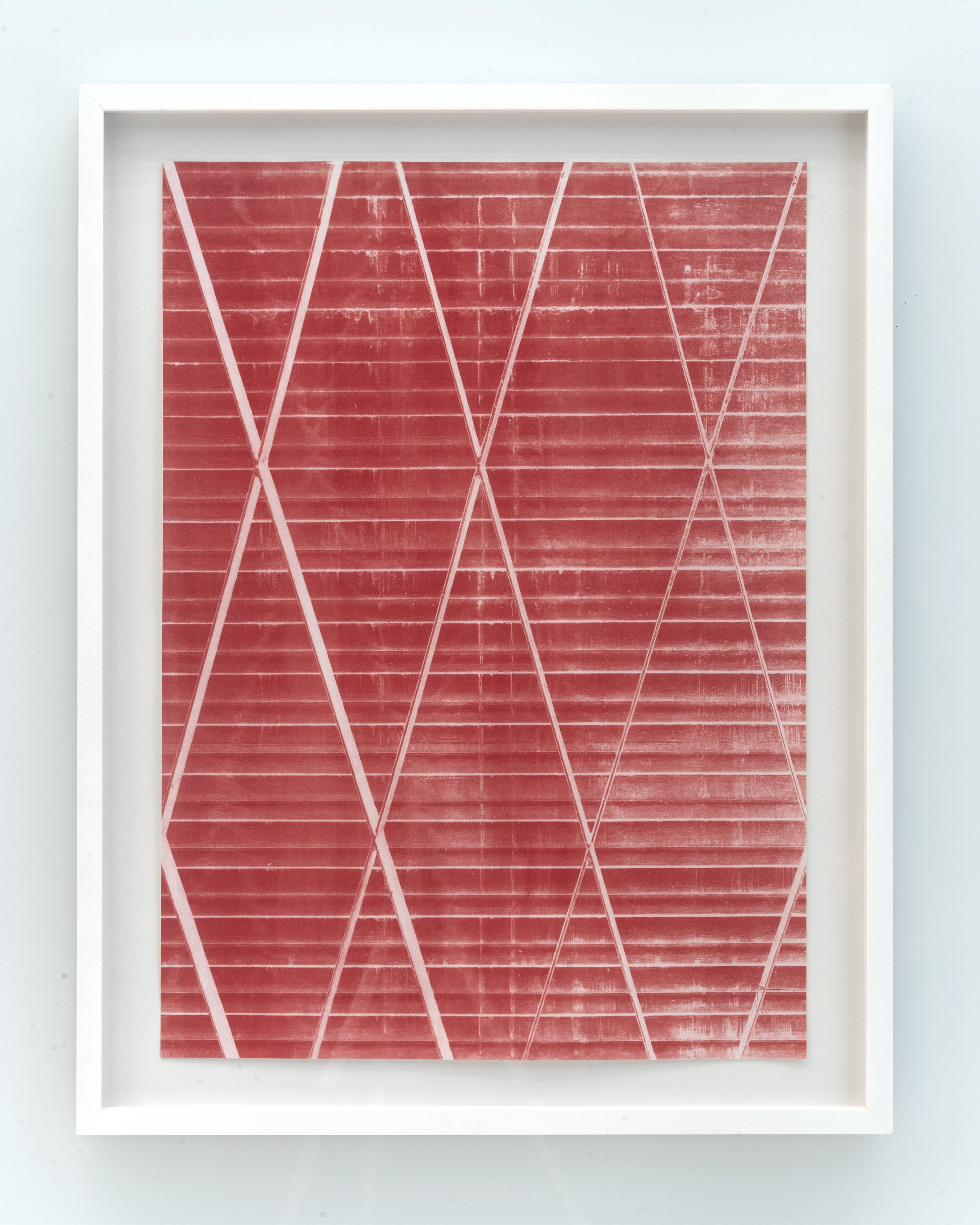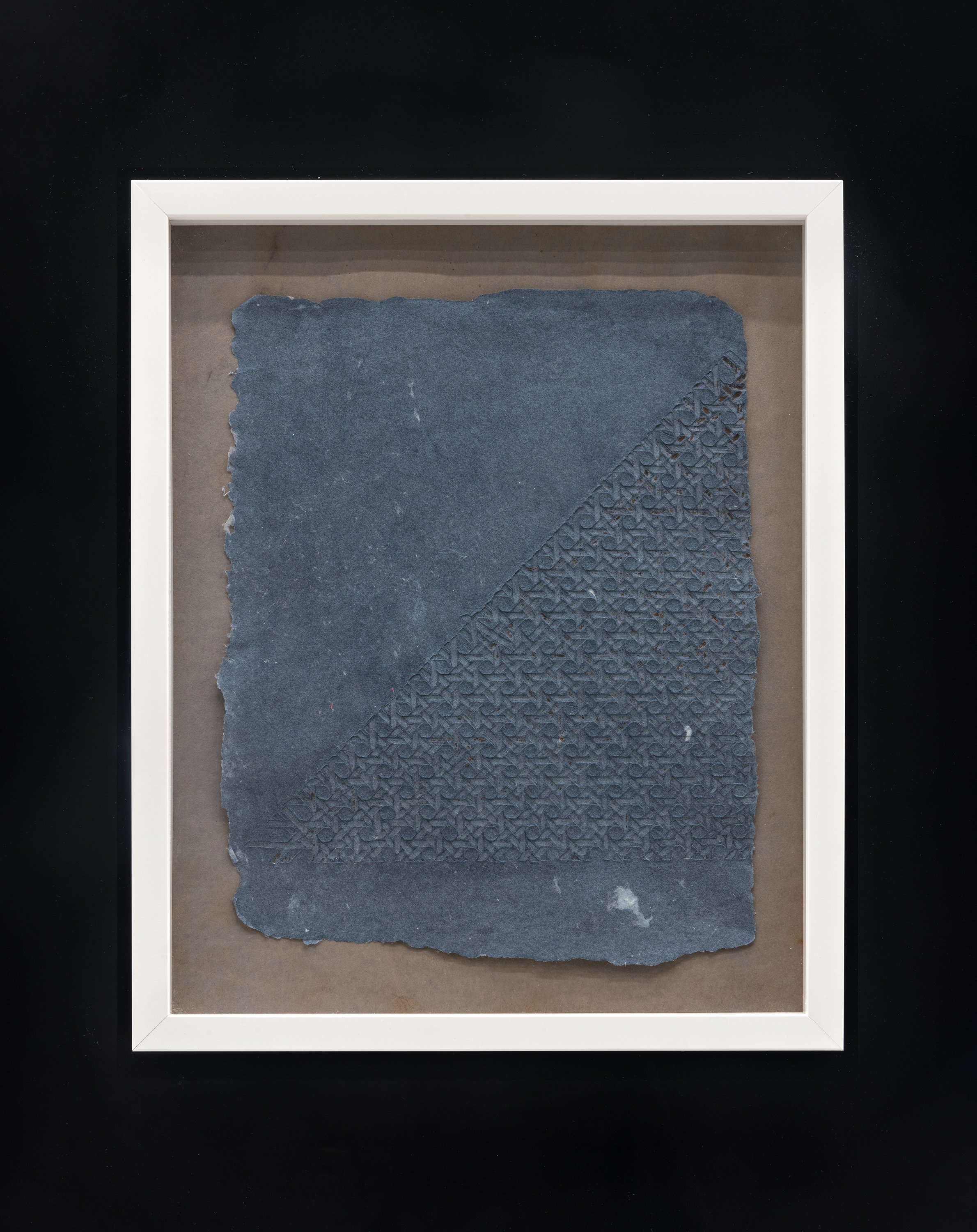Otro Tablero
Solo exhibition of works by Claudia Kaatziza Cortínez at 575 Madison gallery, curated by Matthew López-Jensen. On view through December 31st, 2023. Otro Tablero, which translates roughly to 'the other game-board', invokes an act of finding, rearranging, and capturing fragments within the city grid. Through various forms of analogue photography and printmaking, Claudia Kaatziza Cortínez’s exhibition celebrates these architectural moments and brings them into focus.
Otro Tablero
Work by Claudia Kaatziza Cortínez
The built environment surrounds us with endless combinations of patterns and forms. Sometimes, maybe not often enough, we stop and notice architectural details with clarity and appreciation. Sunlight often has something to do with it. Every building is also a sundial and as the light changes with the seasons, we see things anew; a dash of illumination on a far wall arrives for a few days every year or we notice the winter sun casting dramatic shadows across the façade of a building across the street. Otro Tablero, which translates roughly to 'the other gameboard', invokes an act of finding, rearranging, and capturing fragments within the city grid. Claudia Kaatziza Cortínez’s exhibition celebrates these architectural moments and brings them into focus.
Nearly every work in Otro Tablero is a photograph. It may not seem possible as one moves from the black and white prints (obviously photographs), to the prints on paper (possibly photographs), then to the works on canvas (this can’t be a photograph), and yet they were all made by using light to fix images to a surface. The square works on canvas are not paintings but a type of photogram created by assembling objects on a treated surface and exposing it to ultraviolet light. The objects used to create the shapes are mostly architectural fragments: the keyhole from a door plate, pieces of wicker caning used in furniture, and metal brackets used to hold wooden handrails along a staircase.
Many works might seem, at first, like pure studies in form or pattern; however, there is a hidden story about family and place. Cortínez, who is based in Brooklyn, has deep ties to Argentina, Chile, and Pennsylvania. The titles of several works help establish this connection by referencing specific places: 9th Street and Galicia, Clay Street, Sanchez Street, Boulogne Sur Mer. The eight-foot-tall cyanotype punctuated with, what looks like bursts of lightning, features a poem in Spanish titled La única forma de sobrevivir las matemáticas (The Only Way of Surviving Mathematics) by Chilean poet Mia Maurer, niece of the artist. The poem speaks of herbs, and landscape, women, birds, stars, revenge, and avocados. It plays with words and the sounds of words, which melt into other meanings until we are left “mirando el cielo” (looking up at the sky).
The architectural elements featured in the artworks all have stories to tell. Some reference real estate and housing laws in Argentina. Others are personal, like the time her father, also a poet, nearly died from falling down a flight of stairs. The photograph of a bricked-up doorway next to a staircase becomes a fusion of limitations and possibilities. The toned cyanotype prints of hexagonal tiles, while strikingly formal, are also the floor of the artist’s grandmother’s home in Buenos Aires. Once we know these small facts, that these are tiles, that the artist’s grandmother passed over them hundreds of times, we can begin to imagine the world around these shapes; the sun entering from a nearby window, the sound of footsteps on the solid stone stairs.
-Matthew López-Jensen




















